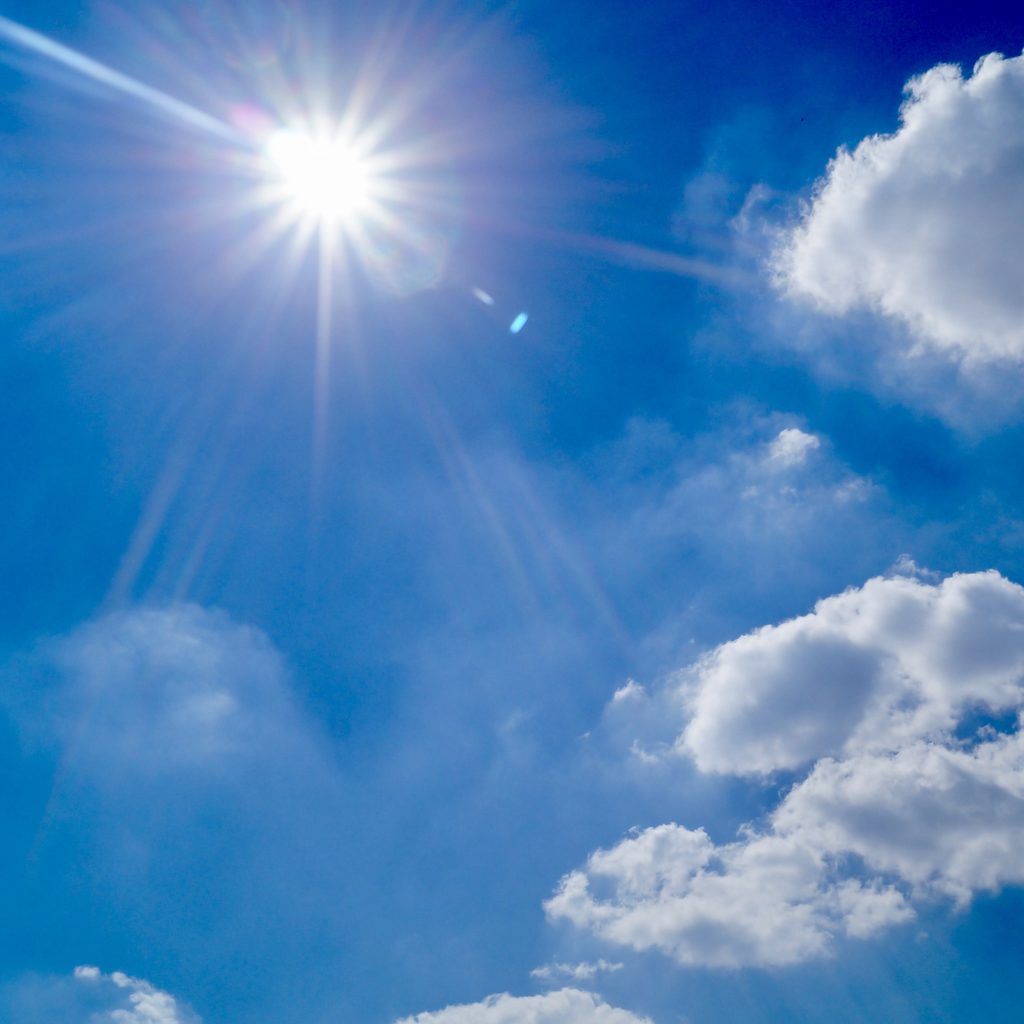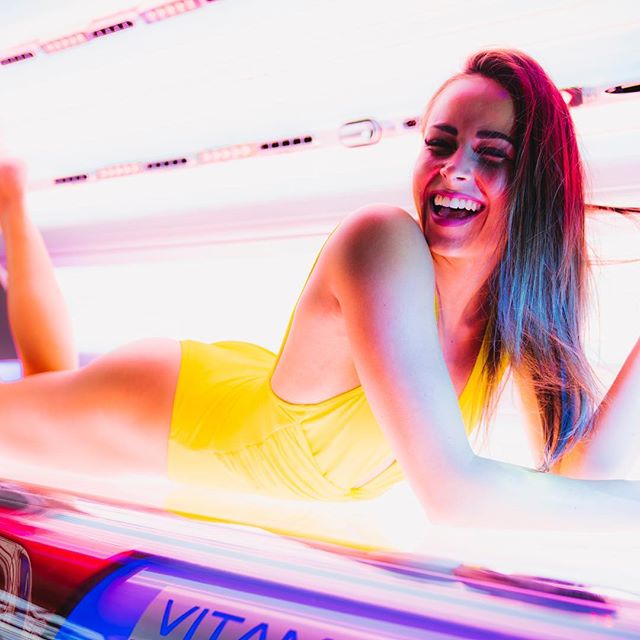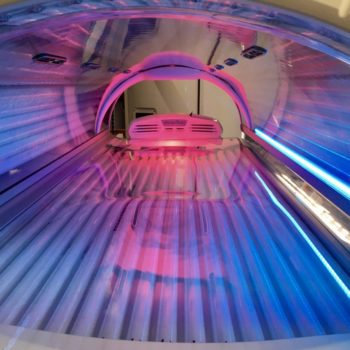No products in the basket.

As October rolls into November and winter finally hits, there seems to always be an increase in coughs and colds. But why is it that this time of year always brings with it so many different maladies?
Research suggests that one reason for the increase in bugs is due to the cold, dry air, as certain viruses travel more easily in this climate [1]. However another possibility for this increase, is the typical corresponding decrease in vitamin D that begins once the clocks have gone back.
Vitamin D, or The Sunshine Vitamin, is known predominantly for it’s ability to help strengthen bones, however Cynthia Anarow explains [2] that “Vitamin D has important functions beyond those of calcium and bone homeostasis which include modulation of the innate and adaptive immune responses”, telling us that vitamin D also plays an important role in keeping the immune system on top form. Anarow’s statement is furthered by the Vitamin D Council who explain that low levels of vitamin D can lead to the immune system not functioning correctly, as less natural-occurring antibiotics are created and released. This in turn would result in less of the invading bacteria being destroyed, making you more susceptible for falling ill. So how do we ensure our vitamin D levels are maintained during the winter to keep our immune system functioning to the best of it’s ability? Firstly, let’s look at the ways you can absorb vitamin D.
1. Diet
2. Supplements
3. UV exposure [4].


According to the NHS, it’s difficult to get enough vitamin D from food alone, and so to solve this, many resort to supplements [5]. However supplements cannot be stored in the body long-term. These can also lead to an overdose of vitamin D – Where lacking in this vitamin can be harmful, so can having too much [6]. An overdose of vitamin D can raise the levels of calcium in the blood and affect your heart negatively.
What’s more, Sissons claims that unlike supplements where it is easy to overdose,
This is because once your stores of vitamin D created by sunlight are full, your body will simply cease to create more of The Sunshine Vitamin until it is required.
However even though by spending time in the sunshine we can easily absorb enough vitamin D to keep our bodies functioning, thanks to the social strains of office jobs and other responsibilities pulling us indoors and away from the sun, as a nation we are generally vitamin D deficient. During the summer it’s very simple to resolve this nationwide deficiency – vitamin D is dubbed The Sunshine Vitamin for a reason! The more time you spend in the sun, the more vitamin D your skin will produce and therefore the healthier and stronger your immune system will be.
However sunlight between October and March is too weak to contain enough UVB for our skin to replenish our vitamin D stores [3]. So how can we keep our vitamin D levels stable this winter and lessen the likelihood of as many illnesses?
Although you are unable to gain vitamin D outdoors at this time of year, the use of sunbeds may improve vitamin D levels*. Although the source of light in tanning booths is artificial, the UV produced is not. What’s more, sunbeds can offer a much more personalised tanning experience than sunlight. When tanning outdoors, the time spent is uncontrolled and if not careful, can lead to overexposed skin and burning. Sunbeds allow tanners to control their time, minimising the risk of burning and maximising the tanning and vitamin D absorption [7].
So although the nights are drawing in and office hours typically prevent us from being able to see the sun, that shouldn’t prohibit us from being able to get a safe dose of vitamin D. By using a sunbed responsibly and not overexposing skin, tanners may be able to maintain stable vitamin D levels throughout the winter months, which in turn could be seen to have a positive effect on the immune system.
* Please note that by sunbeds, we refer to sunbeds which adhere to EU 0.3 regulations. Simply put, this means that the lamps used in the beds (dubbed ‘0.3’) are the equivalent of the midday Mediterranean sun. Sunbeds adhering to these standards will offer not only a more relaxing tanning experience, but a deeper tan that lasts even longer and a lesser likelihood of overexposing skin and burning. Always tan for your skin type. Don’t overexpose and never allow yourself to burn. Always wear eye protection
Sources:
[1] https://www.medicalnewstoday.com/articles/323431.php#cold-weather-and-the-immune-system
[2] https://www.ncbi.nlm.nih.gov/pmc/articles/PMC3166406/#idm139736676964112title
[3] https://www.nhs.uk/live-well/healthy-body/how-to-get-vitamin-d-from-sunlight/
[5] https://www.nhs.uk/conditions/vitamins-and-minerals/vitamin-d/
[6] https://www.medicalnewstoday.com/articles/322205.php?sr
[7] https://www.sunbedassociation.org.uk/UV_Tanning/UV_Light.aspx
© Cyrano Ltd | Terms and Conditions apply | Privacy Policy | Website by Stark Projects